Can You Maintain Your Weight While Losing Fat?
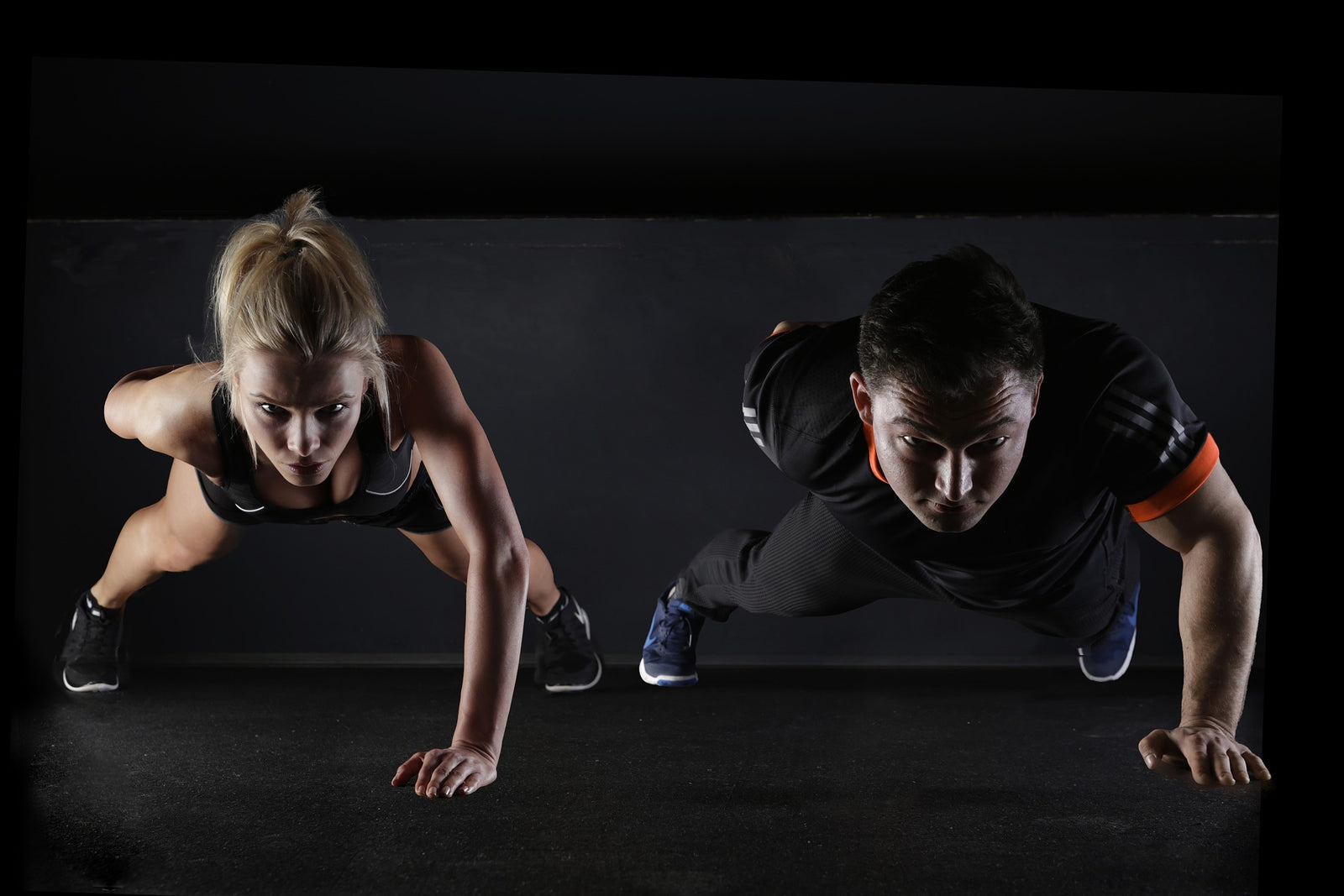
NAVIGATING BODY COMPOSITION AND WEIGHT MANAGEMENT IN THE FITNESS REALM
In the dynamic sphere of fitness and health, the interplay between body weight and composition is a frequently discussed and debated topic. A common goal among many is to reduce body fat while keeping their weight constant on the scale. Is this a feasible objective? This thorough guide delves into the science of body composition and weight management, and outlines approaches and methods for losing fat while maintaining the same weight.
DEMYSTIFYING BODY COMPOSITION
To address this query, understanding body composition is essential. Your body comprises various elements, including:
-
LEAN BODY MASS (LBM) This includes all your body's non-fat components, such as muscles, bones, organs, and other tissues. LBM is metabolically active and significantly impacts your health and daily energy use.
-
BODY FAT This category represents the fat stored in your body. While a certain amount of fat is necessary for bodily functions, an excess can pose health risks and affect your physical appearance.
THE SCALE MYTH
A prevalent fallacy in the realm of weight loss and body composition is the overemphasis on the scale as the only measure of progress. Scale readings can vary due to factors like fluid retention, muscle gain, and changes in body composition. Thus, it is indeed possible to maintain the same weight while simultaneously losing fat and gaining muscle.
APPROACHES TO FAT LOSS WITHOUT WEIGHT LOSS
Let's examine strategies and methods to lose fat without affecting your weight:
-
STRENGTH TRAINING Strength or resistance training is an effective way to reshape your physique. Regular strength exercises can increase muscle mass and burn fat. Muscle is denser than fat, so gaining muscle and losing fat can lead to a leaner body without significant weight changes.
-
CALORIC DEFICIT To lose fat, a caloric deficit is key - consuming fewer calories than what your body uses. However, balance is important to prevent excessive muscle loss. A moderate caloric deficit can help in losing fat while preserving muscle.
-
PROTEIN CONSUMPTION Protein is vital for maintaining and building muscle mass. A diet with sufficient protein supports fat loss and muscle preservation. Opt for sources like chicken, fish, tofu, and legumes.
-
NUTRITIONALLY BALANCED DIET Beyond protein, ensure a diet rich in various nutrients. Emphasize whole foods like fruits, vegetables, grains, and healthy fats, and limit processed and high-sugar foods.
-
HIGH-INTENSITY INTERVAL TRAINING (HIIT) HIIT is effective for calorie burning and fat loss. These intense exercise intervals can increase metabolism and aid in fat loss while maintaining muscle.
-
CONSISTENCY AND PATIENCE Losing fat while keeping your weight is a slow, steady process needing consistency and patience. Set realistic goals and monitor your progress. Sustainable changes lead to long-term results.
-
SUPPLEMENTS BACKED BY SCIENCE Consider adding supplements backed by scientific research to your regimen. While they don't replace diet and exercise, they can support your body composition goals.
UNDERSTANDING BODY FAT PERCENTAGE
To track your progress more accurately, focus on your body fat percentage rather than solely the scale. This metric indicates the proportion of your body's weight that is fat and offers a more accurate view of your body composition.
MEASURING BODY FAT PERCENTAGE
Various methods are available for determining body fat percentage, including:
-
SKINFOLD CALIPERS This method involves measuring skinfold thickness at specific body points to estimate fat percentage.
-
BIOELECTRICAL IMPEDANCE ANALYSIS (BIA) BIA devices use a low-level electrical current to measure resistance in the body, which helps estimate fat percentage.
-
DUAL-ENERGY X-RAY ABSORPTIOMETRY (DEXA) DEXA provides accurate body composition measurements by differentiating between bone, fat, and muscle tissue using X-rays.
-
AIR DISPLACEMENT PLETHYSMOGRAPHY (BOD POD) The Bod Pod measures body composition by assessing air displacement caused by the body.
FREQUENTLY ASKED QUESTIONS
Q1: CAN I TARGET FAT LOSS IN SPECIFIC AREAS? The idea of spot reduction or targeted fat loss is a myth. Fat loss occurs across the body, but you can focus on certain muscle groups to enhance their appearance.
Q2: WHAT DIFFERS BETWEEN WEIGHT LOSS AND FAT LOSS? Weight loss involves overall body weight reduction, which might include muscle, water, and fat. Fat loss specifically targets the reduction of body fat while aiming to preserve muscle mass.
Q3: IS MUSCLE PRESERVATION POSSIBLE WITH A CALORIC DEFICIT? Yes, you can preserve muscle in a calorie deficit by eating a balanced diet, engaging in strength training, and consuming adequate protein, which aids in fat loss while minimizing muscle reduction.
CONCLUSION
To conclude, it is indeed possible to maintain your weight while losing fat. This goal requires a holistic approach that focuses on body composition instead of just the scale reading. Integrating strategies like strength training, calorie management, and monitoring body fat percentage can help transform your body, reduce fat, and keep your weight constant.
Remember, attaining your ideal body composition is a long-term journey. Patience, consistency, and a focus on overall health and well-being are key. With commitment and the right strategies, you can achieve your fat loss objectives while maintaining your current weight, leading to a healthier and more confident you.




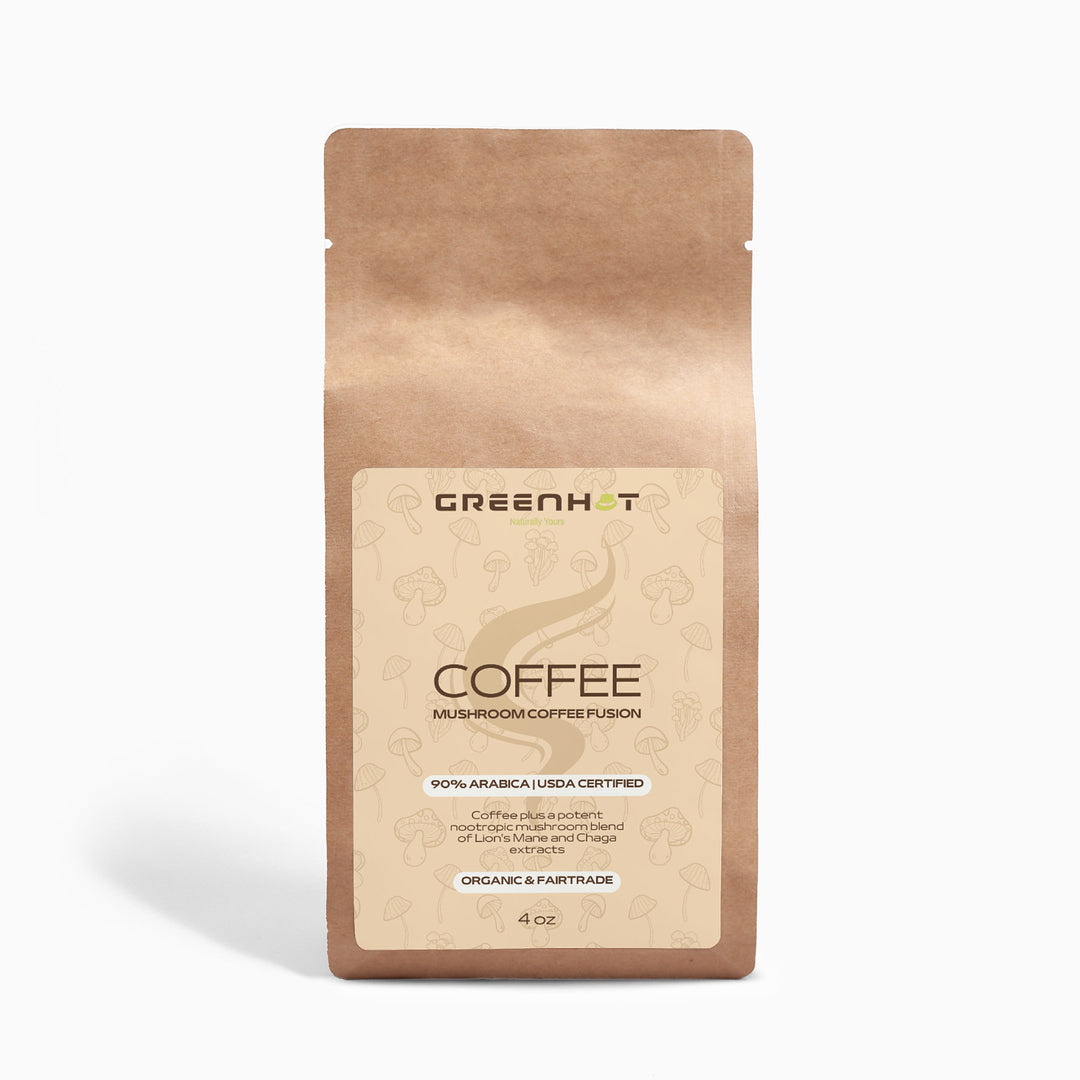

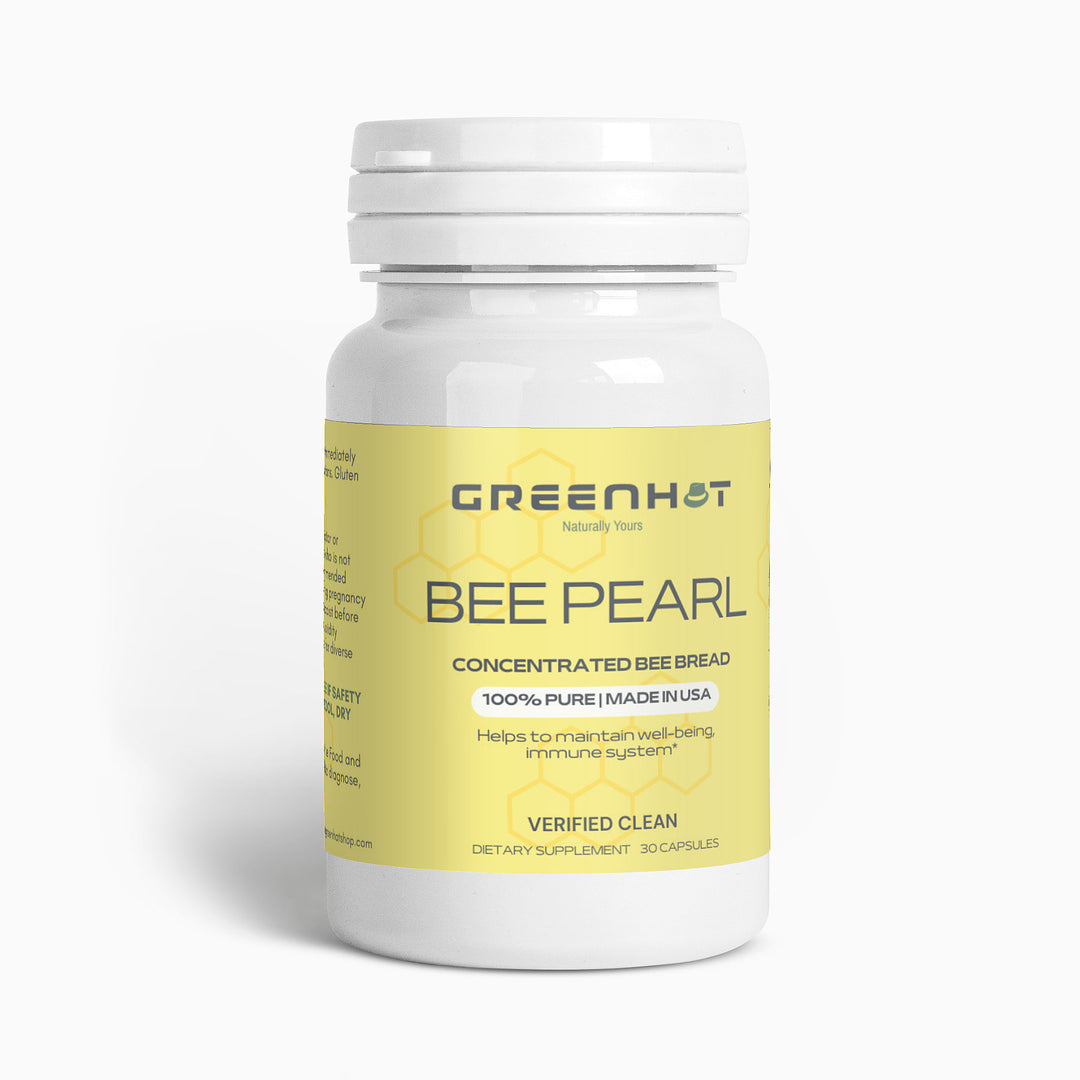
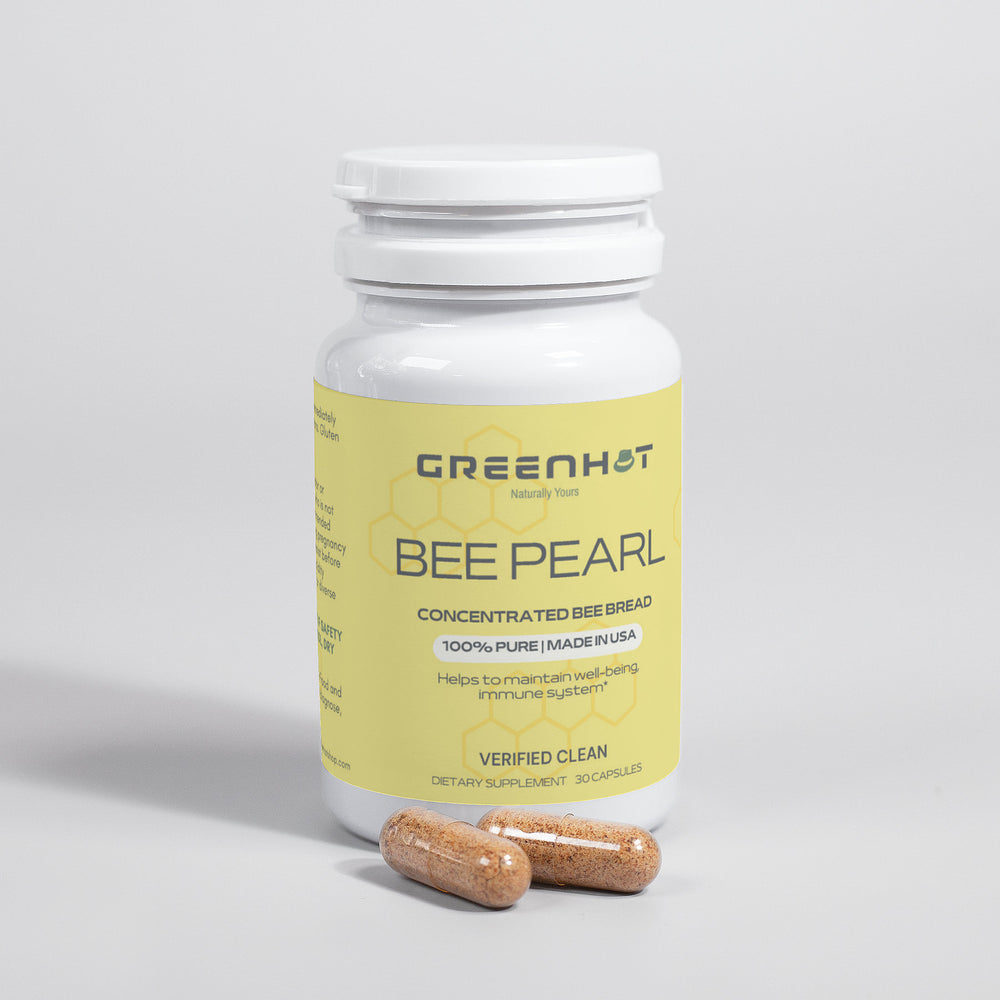
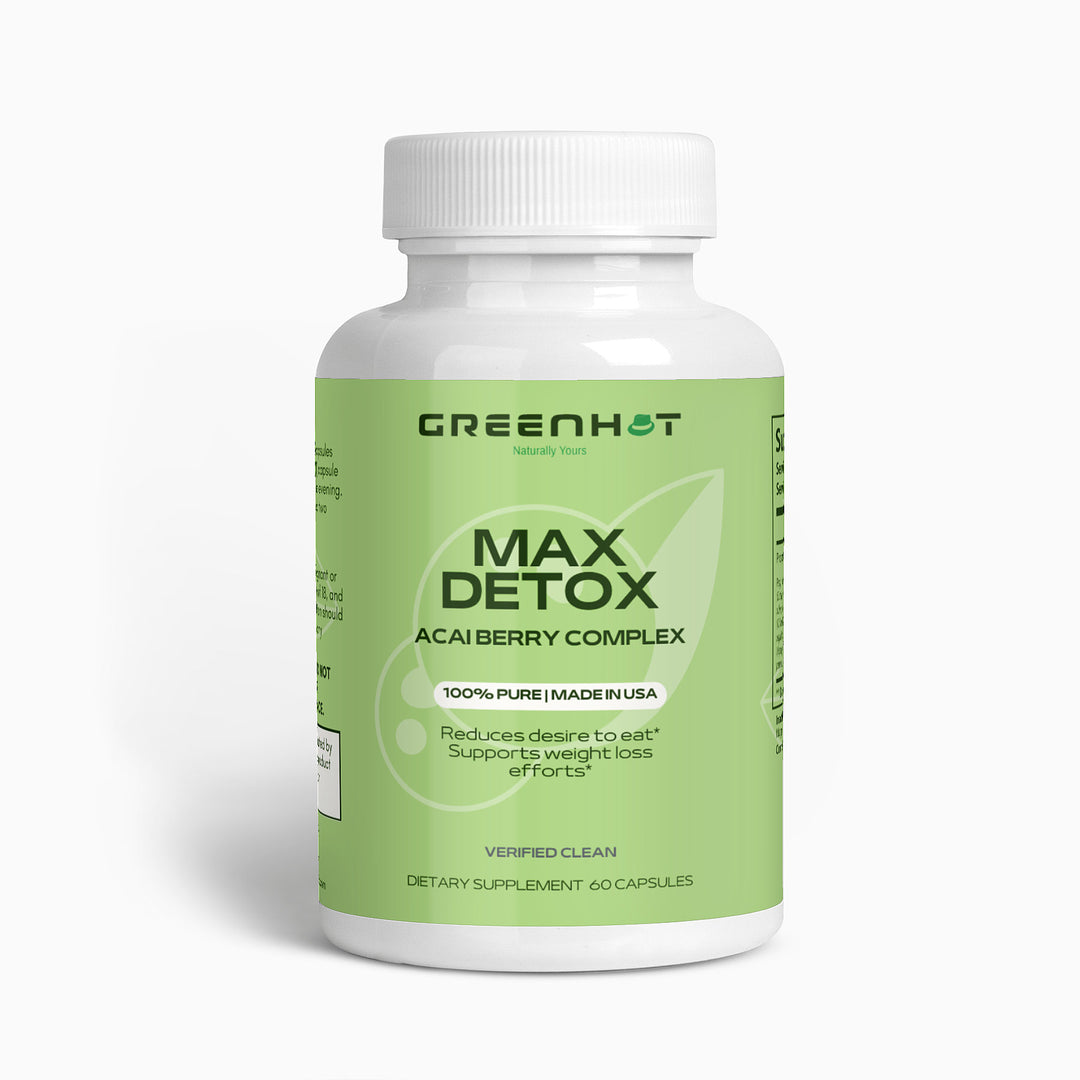
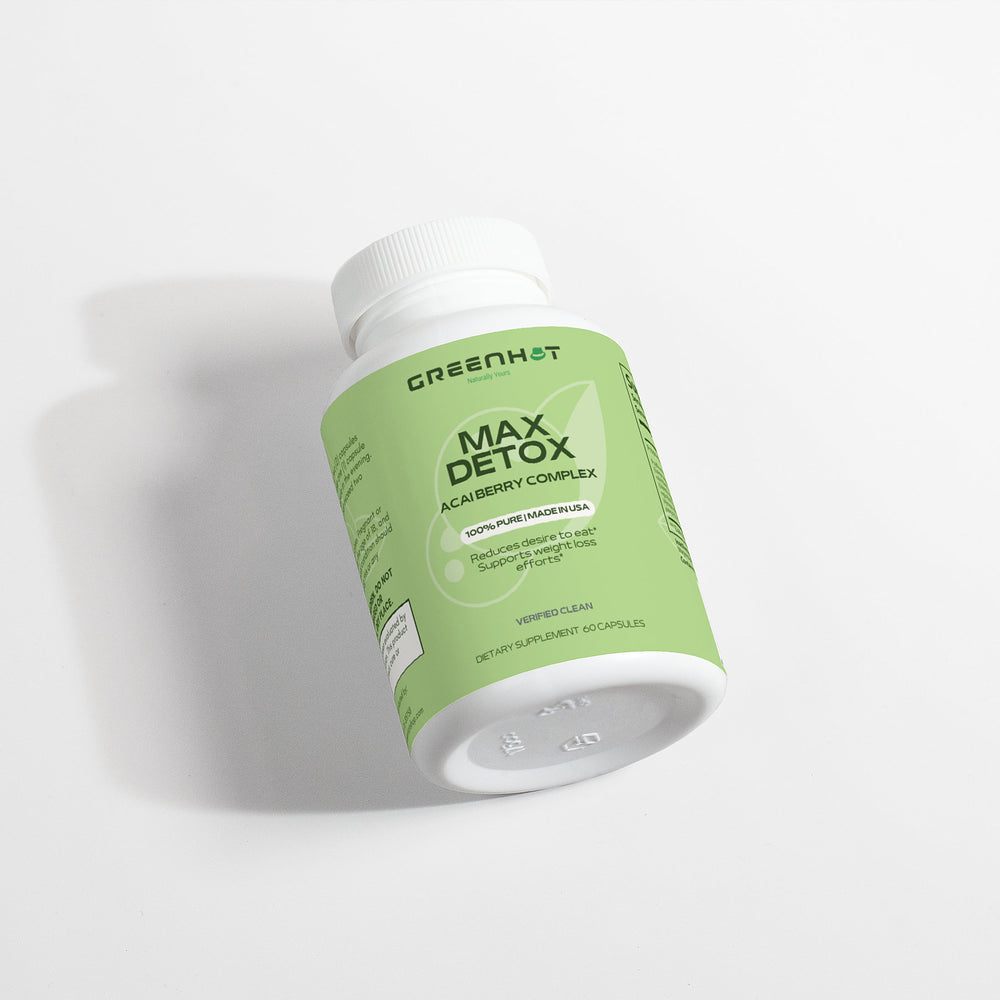
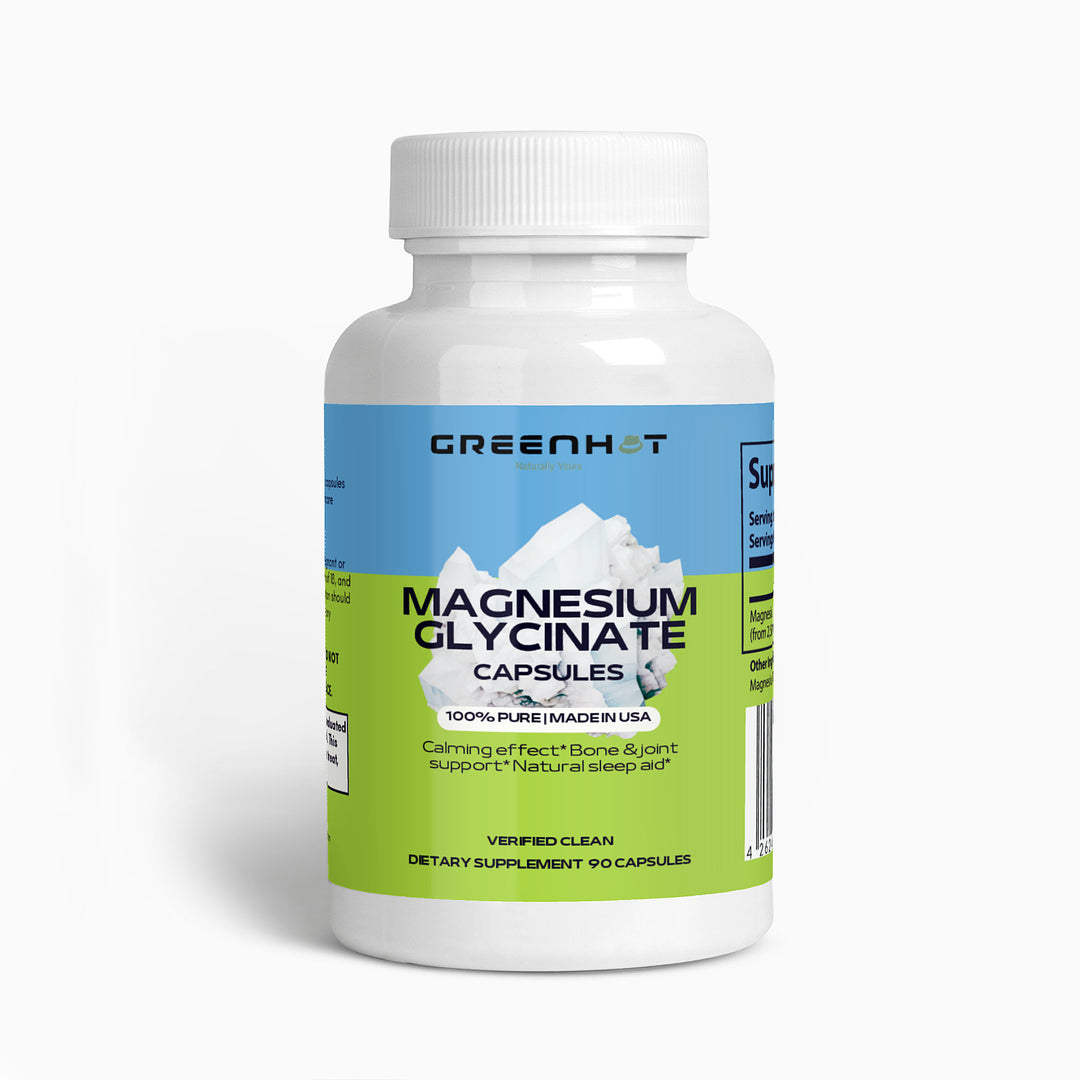
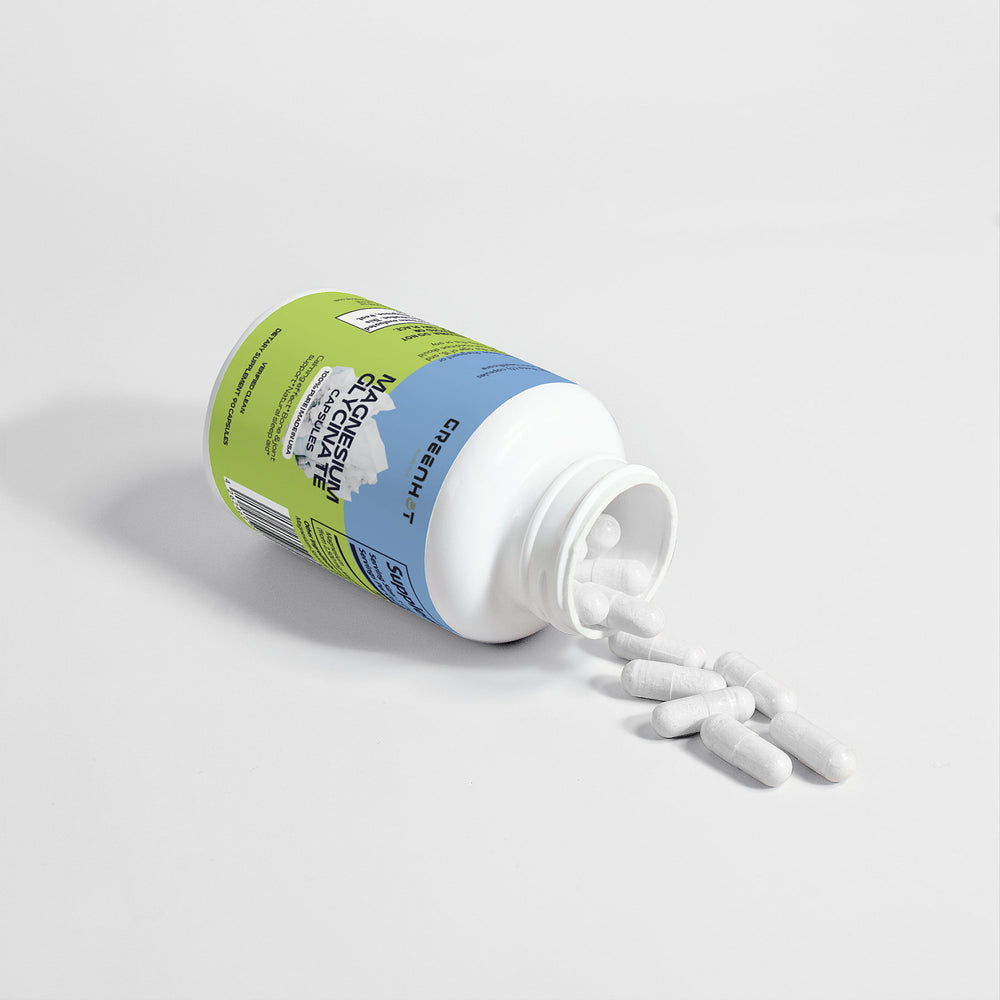

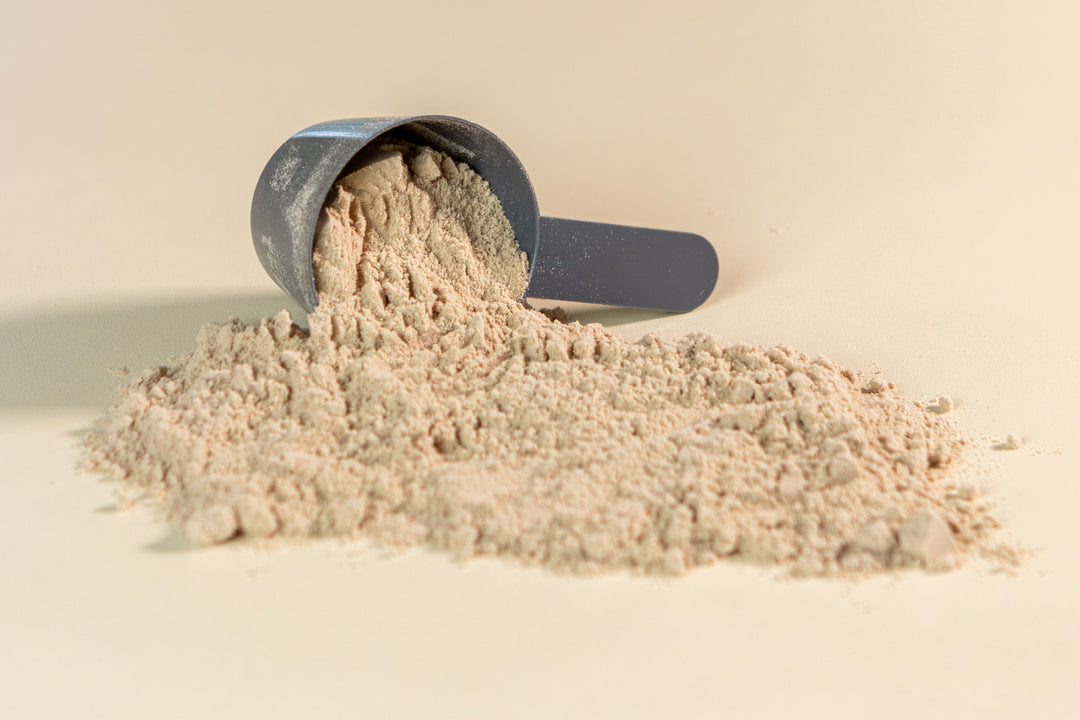
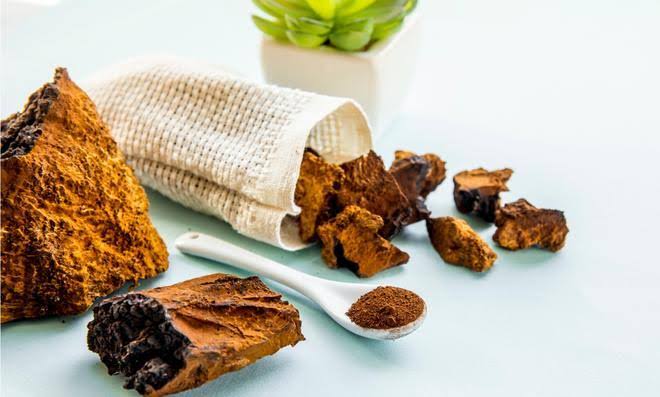






Leave a comment